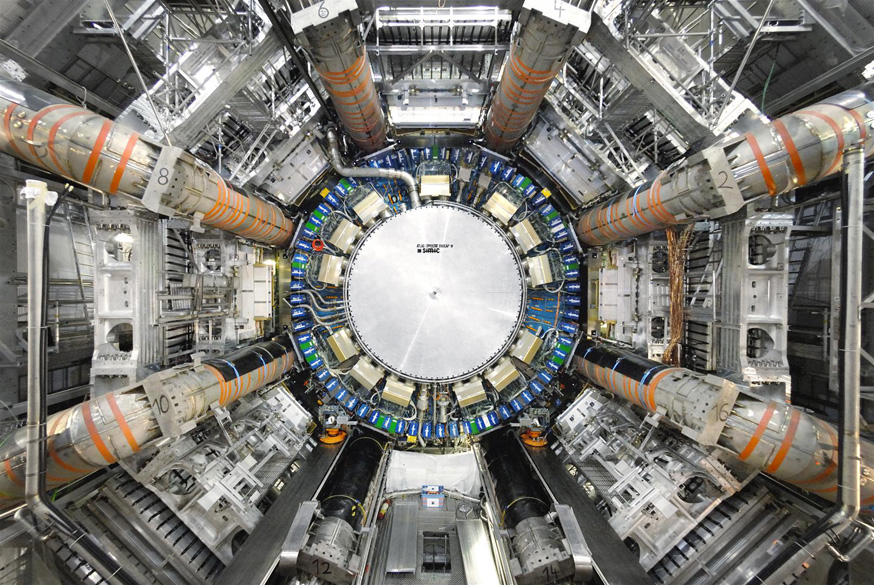New particle discovered at the Large Hadron Collider
December 23, 2011
CERN researchers have observed a new particle — the Chi-b(3P) — in the ATLAS experiment at the Large Hadron Collider, University of Birmingham and Lancaster University researchers just announced.
The particle combines a “beauty” quark and its antiquark so that they bind together. Like the more famous hypothesized Higgs particle, the Chi-b(3P) is a boson. But unlike the Higgs, which is not made up of smaller particles, the Chi-b(3P) combines two very heavy objects via the same “strong force” that holds the atomic nucleus together.
“The lighter partners of the Chi-b(3P) were observed around 25 years ago,” Dr. Miriam Watson, a research fellow working in the Birmingham group observed. “Our new measurements are a great way to test theoretical calculations of the forces that act on fundamental particles, and will move us a step closer to understanding how the universe is held together.”
“While people are rightly interested in the Higgs boson, which we believe gives particles their mass and may have started to reveal itself, a lot of the mass of everyday objects comes from the strong interaction we are investigating using the Chi-b,” said Professor Roger Jones, Head of the Lancaster ATLAS group.
Ref.: ATLAS Collaboration, Observation of a new chi_b state in radiative transitions to Upsilon(1S) and Upsilon(2S) at ATLAS, arxiv.org/abs/1112.5154
